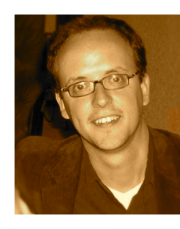
Crowdsourcing Life-Saving Assistance
Disaster responders cannot be everywhere at the same time, but the crowd is always there. The same is true for health care professionals such as critical care paramedics who work with an ambulance service. Paramedics cannot be posted everywhere. Can crowdsourcing help? This was the question posed to me by my colleague Mark who overseas the ambulance personnel for a major city.
. . . . . . .

So why not develop a dedicated smartphone app to alert bystanders when someone nearby is suffering from a Sudden Cardiac Arrest? This is what Mark was getting at when we started this conversation back in April. Well it just so happens that such an app does exist. The PulsePoint mobile app “alerts CPR-trained bystanders to someone nearby having a sudden cardiac arrest that may require CPR. The app is activated by the local public safety communications center simultaneous with the dispatch of local fire and EMS resources” (4).

Phi Beta Iota: The civil sector humanitarians technologies movement — led by the open source everything movement — is light years ahead of government, corporate, and international organization information technology “management.” Big IT is led by clerks — little IT is led by self-starter entrepreneurs focused on need, not budget. Crisis Mappers is going to spin off Corruption Mappers, True Cost Mappers, and one day, True Need Mappers where needs can be met peer to peer or aggregated for meeting community to community. If there is one person that represents best in class here, it is Dr. Patrick Meier.



